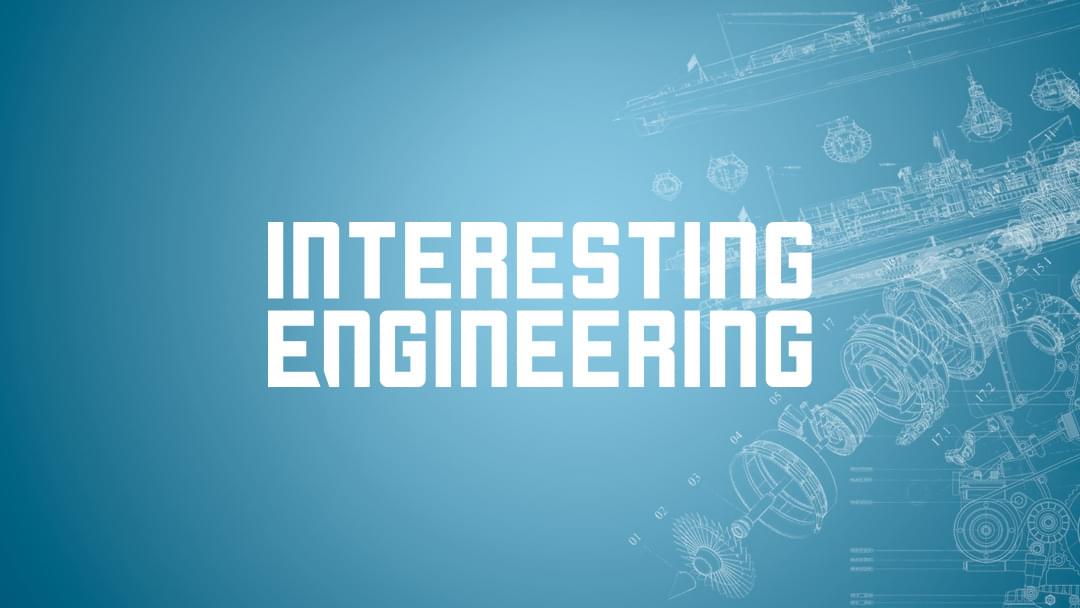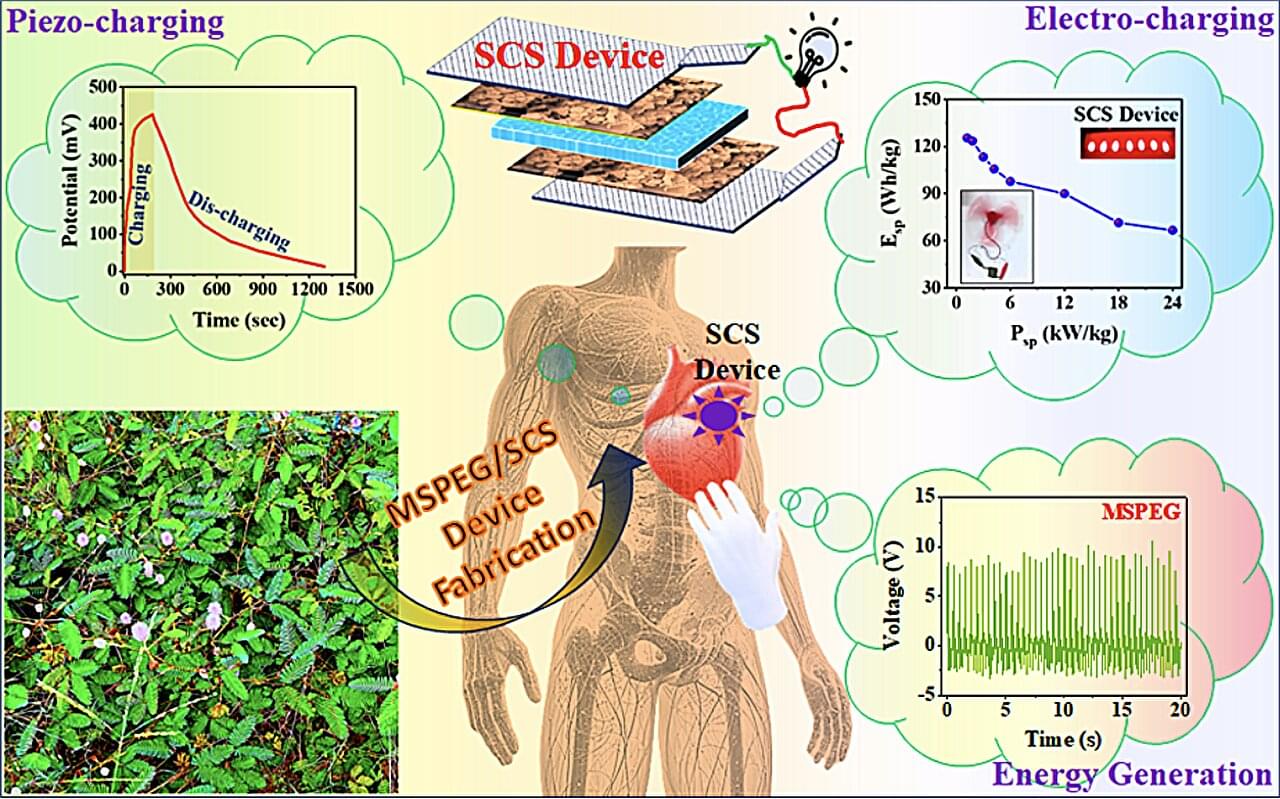This must be the most bizarre gig a dog trainer could get.





Human astrocytes are larger and more complex than those of infraprimate mammals, suggesting that their role in neural processing has expanded with evolution. To assess the cell-autonomous and species-selective properties of human glia, we engrafted human glial progenitor cells (GPCs) into neonatal immunodeficient mice. Upon maturation, the recipient brains exhibited large numbers and high proportions of both human glial progenitors and astrocytes. The engrafted human glia were gap-junction-coupled to host astroglia, yet retained the size and pleomorphism of hominid astroglia, and propagated Ca2+ signals 3-fold faster than their hosts. Long-term potentiation (LTP) was sharply enhanced in the human glial chimeric mice, as was their learning, as assessed by Barnes maze navigation, object-location memory, and both contextual and tone fear conditioning. Mice allografted with murine GPCs showed no enhancement of either LTP or learning. These findings indicate that human glia differentially enhance both activity-dependent plasticity and learning in mice.
Copyright © 2013 Elsevier Inc. All rights reserved.
The team studied the long, jointed legs of the crane fly, an insect known for its slow, deliberate movements. These legs appear perfectly designed to absorb impact and ensure a gentle touchdown.
Inspired by this natural design, the engineers outfitted the RoboBee with its own set of long, double-jointed legs. These new appendages are designed to cushion the impact as the robot transitions from air to ground, protecting its delicate components.


A team of researchers has engineered a groundbreaking optical device that mimics the physics of black holes and their mysterious counterparts, white holes.
These “optical analogs” use a principle called coherent perfect absorption to either absorb or reflect light depending on its polarization, much like how black holes trap matter and white holes hypothetically expel it. Their success opens new doors not only for studying far-off cosmic phenomena in a lab setting but also for developing advanced technologies like energy conversion systems and stealth materials.
From cosmic phenomena to lab devices.


Most energy generators currently employed within the electronics industry are based on inorganic piezoelectric materials that are not bio-compatible and contribute to the pollution of the environment on Earth. In recent years, some electronics researchers and chemical engineers have thus been trying to develop alternative devices that can generate electricity for medical implants, wearable electronics, robots and other electronics harnessing organic materials that are safe, bio-compatible and non-toxic.
Researchers at the Materials Science Centre, Indian Institute of Technology Kharagpur recently introduced a new device based on seeds from the mimosa pudica plant, which can serve both as a bio-piezoelectric nanogenerator and a self-chargeable supercapacitor. Their proposed device, outlined in a paper published in the Chemical Engineering Journal, was found to achieve remarkable efficiencies, while also having a lesser adverse impact on the environment.
“This study was motivated by the need for biocompatible, self-sustaining energy systems to power implantable medical devices (e.g., pacemakers, neurostimulators) and wearable electronics,” Prof. Dr. Bhanu Bhusan Khatua, senior author of the paper, told Tech Xplore.
